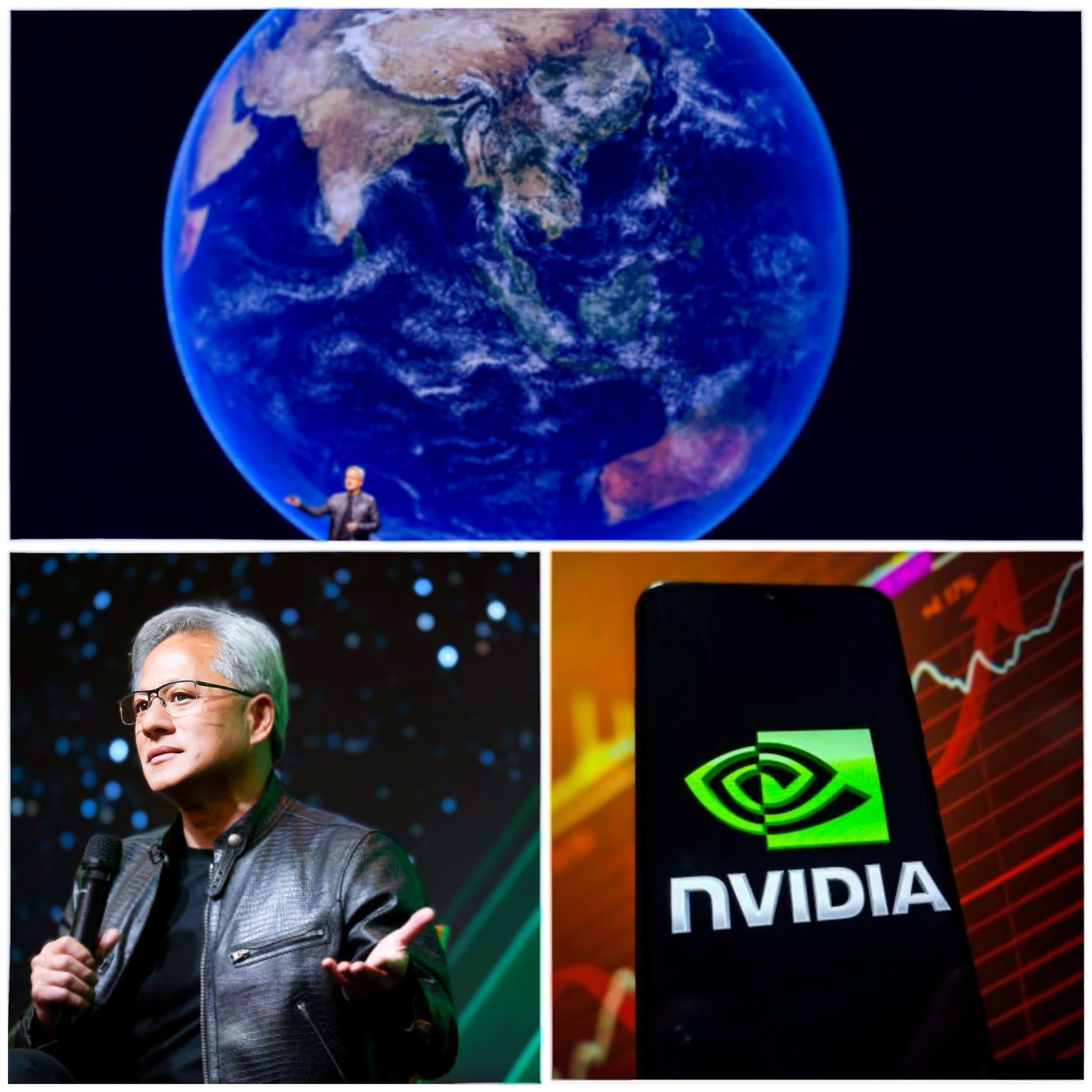How China’s Antitrust Tactics Undermine U.S. Tech Leadership
Introduction
China’s antitrust tactics are increasingly being used as a strategic tool to undermine U.S. technological leadership, particularly in the semiconductor industry. This approach has significant implications for U.S. companies and the broader tech competition between the two nations.
Weaponization of Antitrust Policy
China has been leveraging its antitrust regulations to retaliate against U.S. trade actions, especially in response to semiconductor restrictions. Unlike the U.S. approach, which focuses on consumer welfare and promoting competition, China’s antitrust enforcement is driven by geopolitical considerations.
Key Tactics
China employs two primary methods to undermine U.S. tech leadership:
Obstructing foreign mergers and acquisitions
Imposing conditions on U.S. firms that compel collaboration with Chinese companies
Impact on U.S. Companies
Merger Disruptions
Qualcomm’s $44 billion acquisition of NXP Semiconductors was effectively blocked by China’s delayed approval in 2018.
Intel’s $5.4 billion acquisition of Tower Semiconductor was abandoned in August 2023 due to prolonged antitrust review in China.
Market Access and Operations
China’s antitrust probe into Nvidia, announced in December 2024, caused a 4% drop in the company’s share price and threatens to disrupt its operations in China.
These actions create uncertainty for U.S. firms, potentially undermining their growth and global competitiveness.
Broader Implications
Tech Leadership
If Chinese regulatory actions unfairly hinder American firms, it could severely impact U.S. technology leadership, especially in critical areas like semiconductors and AI.
Supply Chain Stability
China’s antitrust tactics risk destabilizing global semiconductor supply chains.
Market Control
By obstructing foreign mergers and imposing punitive remedies, Chinese regulators are shaping global technology markets to Beijing’s interests.
U.S. Response
The United States has been slow to address China’s weaponization of antitrust, focusing instead on other trade practices like IP theft and forced technology transfers. This oversight risks both U.S. tech leadership and the stability of global semiconductor supply chains.
Conclusion
To protect its innovation edge, Washington must recognize antitrust as a key lever in geostrategic competition and develop appropriate countermeasures.






